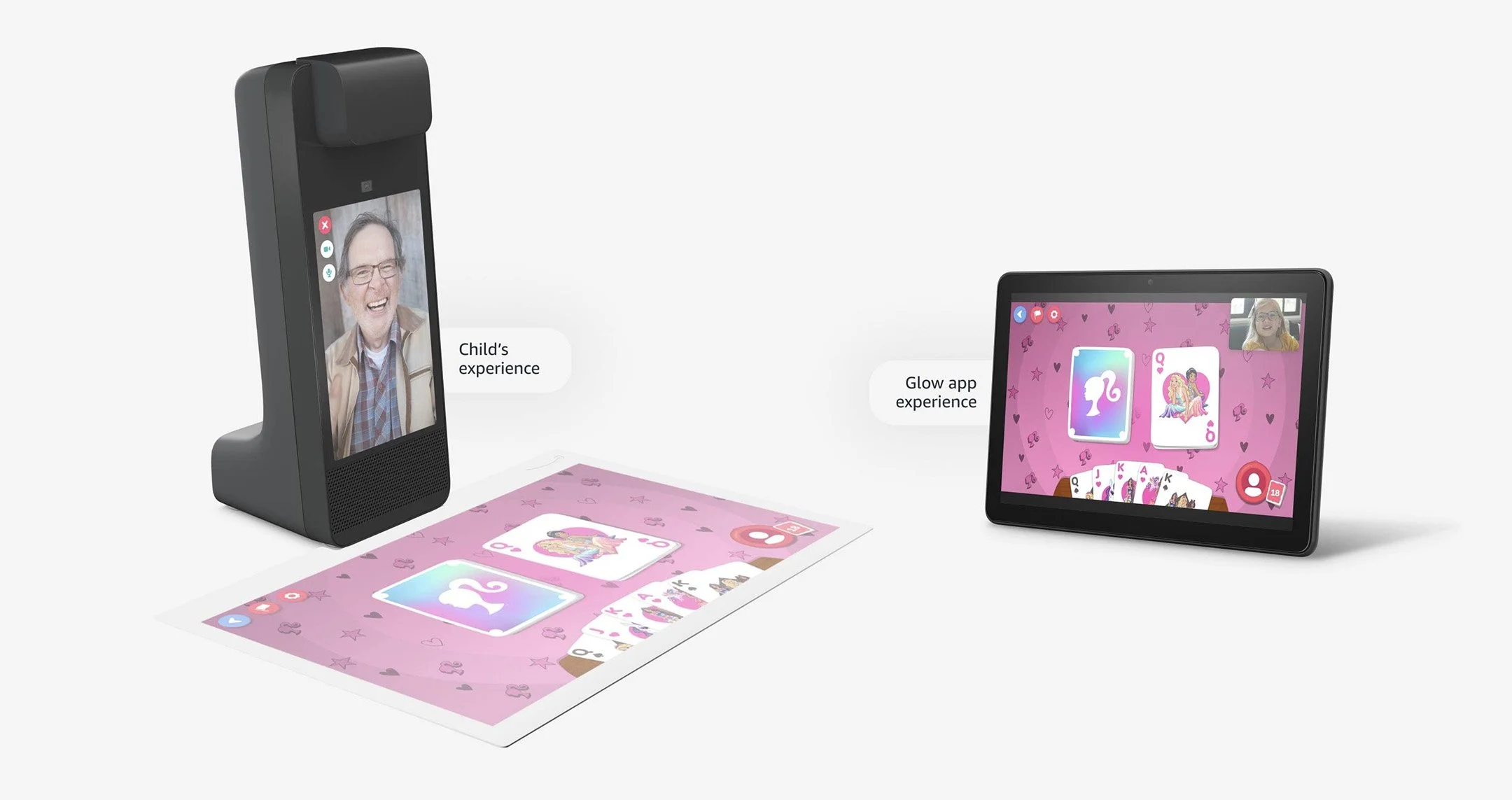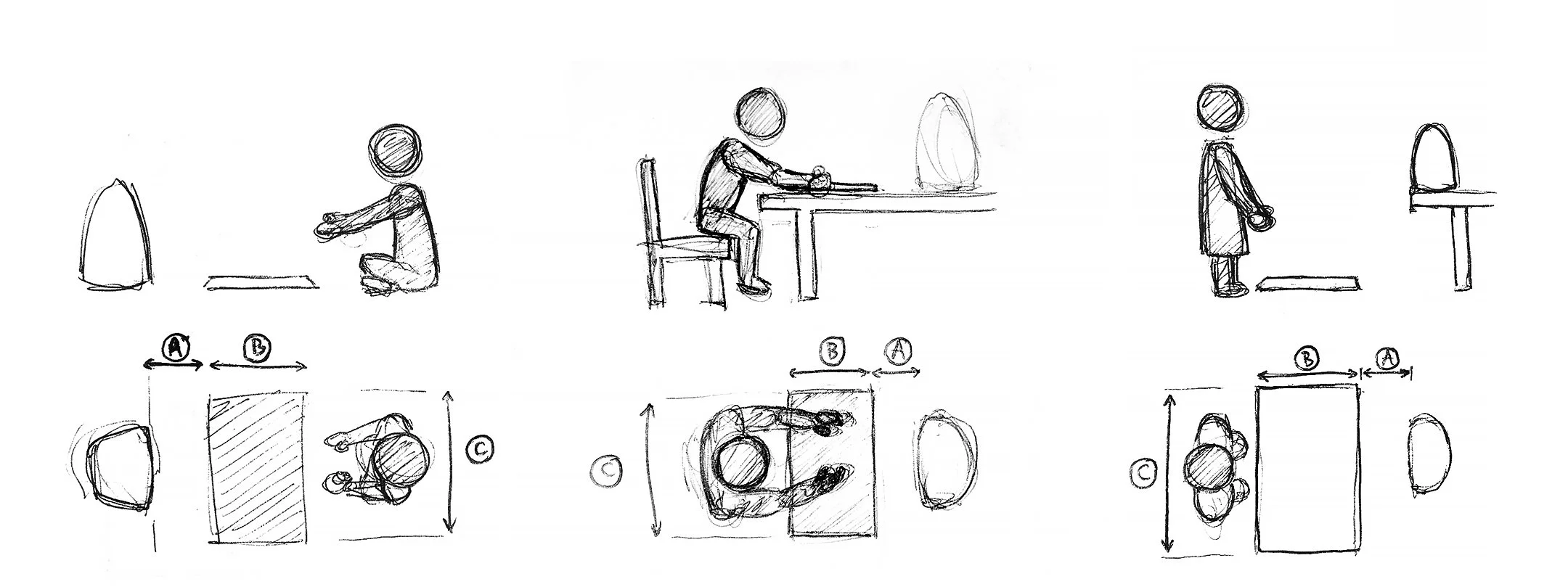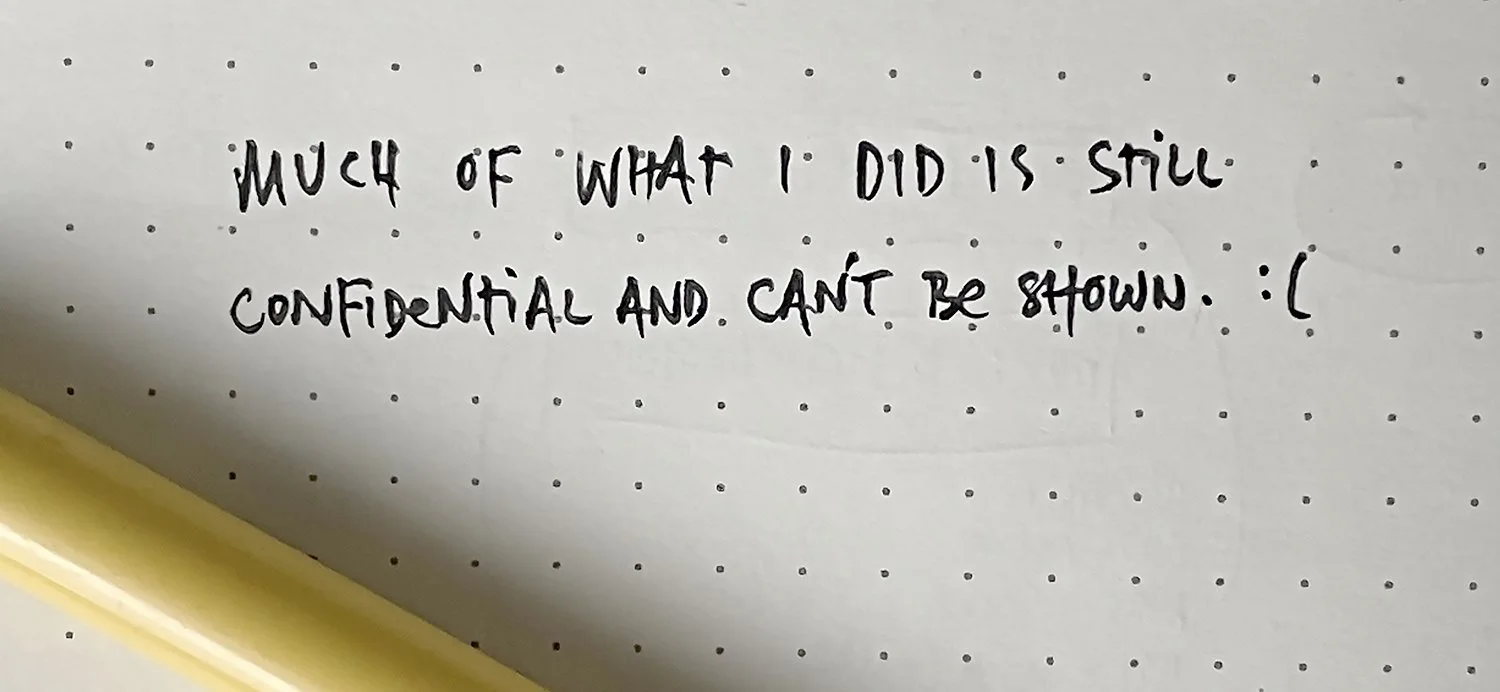Amazon Glow
Role: UX Design Technologist
I joined this project in 2017 when it was a team of 10, and did a variety foundational UI/UX work to define and prove out the core experience. It launched in late 2021. I am super excited to see it out in the real world!
Background on the product:
Amazon Glow gives 3–8 year olds a way to connect meaningfully with remote family members. It adds depth to a typical video call through activities like reading, drawing, and games, which makes the call more engaging for the child. This is done through a built-in projector, coupled with touch input.
Research finds positive lifelong outcomes are strongly tied to healthy relationships at this early age. Modern families are often geographically displaced, and so phone & video calls are the only way to connect regularly. But without a dedicated device, the calls are usually brief, shallow, tough to schedule, and require a local caregiver’s time and attention.
What I worked on
(1/7) Proving hypotheses fast with scrappy prototypes
Early in the project, we did not know whether a projector would be an effective tool for holding a child’s attention. Instead of spending weeks building full-fledged prototypes, I designed and built a handful of faked-out activities in PowerPoint, and tested them with a team member’s child, cleverly timing interactions with the arrow keys to get him to jump, catch, and play with physical objects. This rapidly proved our hypotheses. I continued to use PowerPoint to rapidly “sketch” any new ideas I had for activities or interactions.
(2/7) Activity design process
What should the core activities for this platform be? How do you define a ‘successful’ call with a child? Everyone connects and plays differently. I helped develop design principles for qualifying & selecting activities. I also scrubbed top board, card, and video games to collect common play mechanics and categories, and then hosted internal game-inventing sessions to generate dozens of new activity ideas. Later, we developed our own activity design document template to comprehensively detail the rules and design of each activity.
These categories from the product detail page are the same ones we came up with early on.
(3/7) Defining the projected play area
How big should the projected area be? How bright? What about the resolution? What type of touch inputs make sense? I developed hypotheses, designed and conducted user tests, and wrote reports providing detailed answers for each of those questions. Not all questions had straightforward answers; to spec the resolution, I first had to find out which children’s books would not be readable at a certain resolution, and why. I ran multiple tests with the most popular children’s books, and discovered that resolution is actually just 1 of 3 key factors that determine readability.
(4/7) Building a prototype platform
How do you prototype an activity that runs on 2 devices in separate locations? It is not as simple as whipping something up in Figma. I worked closely with a web developer to build progressively more advanced prototype platforms, so that we could gather the insights we needed. I also worked with the user researcher to design and run tests & write reports.
(5/7) Pitch video
A year into the project, I made a 3-minute video that got shown to Jeff Bezos. It was a culmination of research done in our lab, where customers outlined their problems, played with our early prototypes, and expressed their desire to have a product like Glow. In that meeting, Jeff was convinced to make Glow a reality, and so our team grew.
(6/7) High-fidelity prototypes
At some point we needed high-fidelity prototypes - ones that looked and behaved like the real deal. I evaluated a few different platform options, and then worked with a small team to build this new platform. I also helped build some of these prototypes in Unity / C#, including an interactive Netflix-style shelf system for proving out the connected browsing experience.
(7/7) Designing native activities
Remote play involves new ways of interacting. I researched other game systems with novel input methods - like Nintendo Wii and XBox Kinect - to gather insights around designing native games, versus porting existing games. I held play sessions with these platforms where I constrained people’s ideas for activities, and then let them run wild. Those wild ideas provided great new concepts for core activities.



